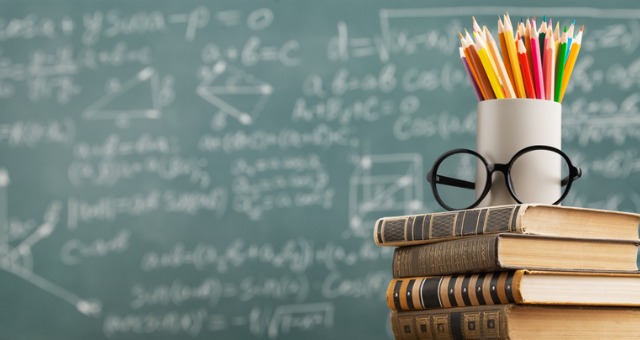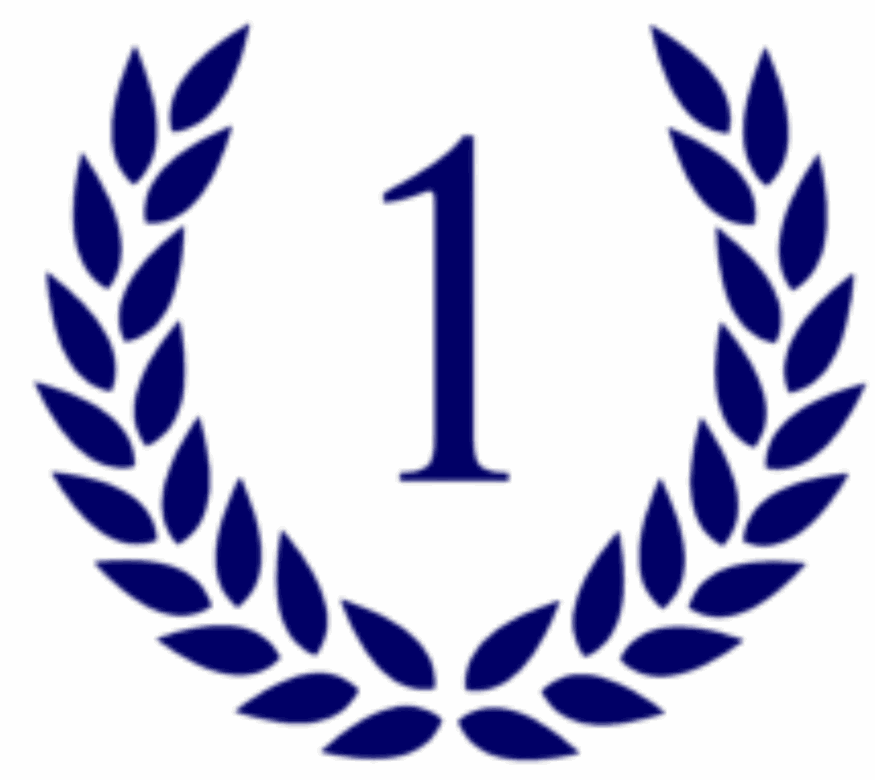
Throughout my time as a tutor, I’ve experimented with many different pedagogical practices to determine what works best for both my students and me. While it’s important to recognise that what works for one student may not work well for another, it’s equally important to experiment and learn about each student’s specific learning needs. In this piece, I will discuss a particular method of questioning that I believe works well for the majority of my students and, in turn, helps me as an educator as well. You may or may not have used this method before or had your teacher or tutor use it with you. It is the method of asking your students to teach back to you what you’ve just taught them. I believe that this method is mutually beneficial for several reasons.
It Increases the Likelihood of Information Entering Long-Term Memory
Of course, it’s incredibly difficult to ensure that the information and knowledge you’re providing to your students is entering their long-term memory and not just their short-term memory. When you ask your student to relay the content that you’ve taught them, it signals to their brain that the information is important and should be stored for future use. The more you do this and the more you ask your students to teach you the same content, the more likely it is that they’ll begin to remember it, often without realising it. I’ve found this works well when asking students to recount the details of the plot of the prescribed text they’re reading. I tell them that I have no idea what the plot is about (which isn’t true), and they often surprise themselves with how well they know it!
It Provides Educators with Valuable Insight into Our Students’ Knowledge and Gaps
When asking our students to recount the information they’ve learned, we can listen carefully and pinpoint what exactly they understand and what might not be clicking as well as it should be. This is a subtle and gentle way of testing their knowledge without them even noticing!
Sophie Marchant

